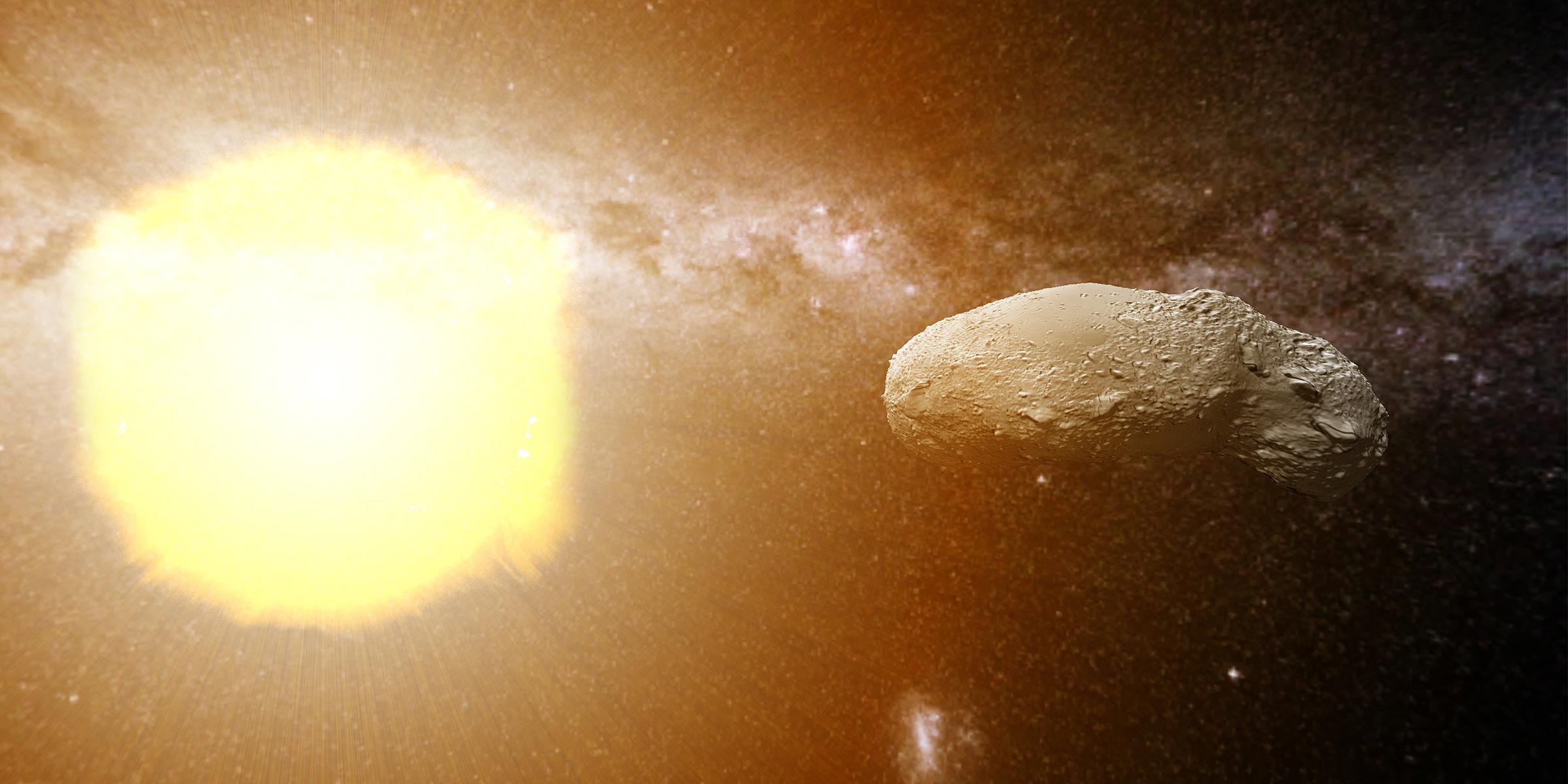
Nov 30, 2021
2 mins, 5 secs
By Curtin University.
Credit: Curtin University.
Curtin University researchers have helped unravel the enduring mystery of the origins of the Earth’s water, finding the Sun to be a surprising likely source.A University of Glasgow-led international team of researchers including those from Curtin’s Space Science and Technology Centre (SSTC) found the solar wind, comprised of charged particles from the Sun largely made of hydrogen ions, created water on the surface of dust grains carried on asteroids that smashed into the Earth during the early days of the Solar System.SSTC Director, John Curtin Distinguished Professor Phil Bland said the Earth was very water-rich compared to other rocky planets in the Solar System, with oceans covering more than 70 percent of its surface, and scientists had long puzzled over the exact source of it all.“Our research suggests the solar wind created water on the surface of tiny dust grains and this isotopically lighter water likely provided the remainder of the Earth’s water.“This new solar wind theory is based on meticulous atom-by-atom analysis of minuscule fragments of an S-type near-Earth asteroid known as Itokawa, samples of which were collected by the Japanese space probe Hayabusa and returned to Earth in 2010.“Our world-class atom probe tomography system here at Curtin University allowed us to take an incredibly detailed look inside the first 50 nanometers or so of the surface of Itokawa dust grains, which we found contained enough water that, if scaled up, would amount to about 20 liters for every cubic meter of rock.”.Luke Daly, now of the University of Glasgow, said the research not only gives scientists a remarkable insight into the past source of Earth’s water, but could also help future space missions.
“Our research shows that the same space weathering process which created water on Itokawa likely occurred on other airless planets, meaning astronauts may be able to process fresh supplies of water straight from the dust on a planet’s surface, such as the Moon.”.The research was supported by funding from the Science and Technologies Facilities Council (part of UKRI), and conducted by researchers from the University of Glasgow, Curtin University, the University of Sydney, the University of Oxford, the University of Hawai‘i at Mānoa, the Natural History Museum, Idaho National Laboratory, Lockheed Martin, Sandia National Laboratories, NASA Johnson Space Center, the University of Virginia, Northern Arizona University and Purdue University.November 27, 2021November 27, 2021November 27, 2021November 27, 2021November 27, 2021November 27, 2021